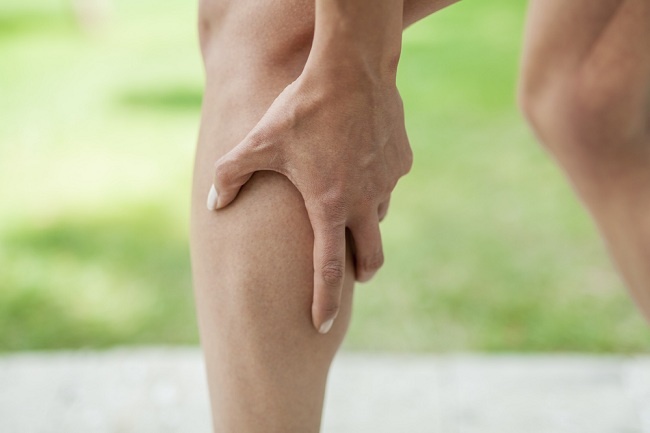Uterus descending could occur whenmuscles in pelvic floorand the surrounding network weaken. Factors that increase the risk of this weakness include:give birth big baby, difficult childbirth, pregnancy, increase age,as well asestrogen hormone condition decreasing.
The condition of the uterus descending is divided into several levels of severity. In the first stage, part of the cervix droops down to the vagina. The second level, part of the cervix down to the mouth of the vagina. The third level, the cervix comes out of the vagina. Then, the heaviest level of the entire uterus comes out of the vaginal opening.

Factor Pcauses uterus to descend
In addition to the various risk factors previously mentioned, there are several other medical conditions associated with a descending uterus. The following conditions can weaken the muscles that support the uterus, causing the uterus to descend:
- cystoceleA cystocele is a herniation or descent of the bladder toward the vagina, causing a bulge to form into the inside of the vaginal canal. This condition can make a person difficult to hold urination, frequent urination, or urinary retention in the bladder so that they cannot urinate.
- EnteroceleEnterocele is a herniation or descent of part of the small intestine that presses on the vagina, resulting in a protrusion into the inside of the vaginal canal. In an enterocele, the part of the vagina that is affected is the back-upper. In this condition, back pain is felt when standing, and will disappear when lying down.
- RectoceleRectocele is the formation of a bulge into the back-bottom vaginal opening due to rectal herniation. This condition can cause difficult bowel movements.
How to Overcome a Descending Uterus
To ensure the condition of the uterus descending, the doctor needs to perform several examinations. If your doctor has stated that you have a descending uterus, there are several possible treatments that will be recommended, depending on how severe your condition is.
If the uterus is descending mildly, treatment may not be necessary. However, if the condition is causing discomfort, treatment can be done without surgery, or with surgery.
Non-surgical treatment can be done in the following ways:
- Kegel exercises, the goal is to train the pelvic floor to strengthen the vaginal muscles.
- Estrogen replacement therapy.
- Weight loss.
- Use pessary, which is a device to help push the uterus and keep it more stable.
Meanwhile, treatment with surgical procedures includes:
- Uterine suspension, which is placing the uterus back in position by connecting the pelvic ligaments or using other materials.
- Hysterectomy, which is the removal of the uterus from the body. This action can be done through the vagina or wall
Although surgery is effective in treating a descending uterus, it is advised not to undergo this procedure if you are still planning to have children.
Actually the condition of the uterus descending can occur in women of any age, but most of them afflict women at the age of menopause. So that this does not happen, you can do Kegel exercises every day to train the vaginal and uterine muscles to stay strong. Immediately consult a doctor if you feel the symptoms of a descending uterus, so that appropriate treatment can be given.









